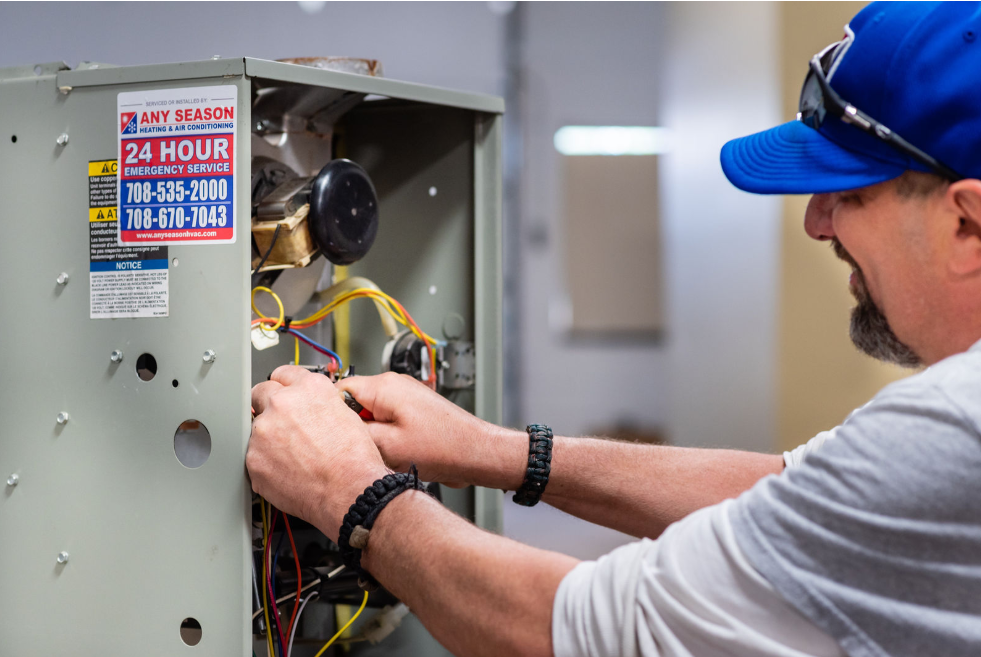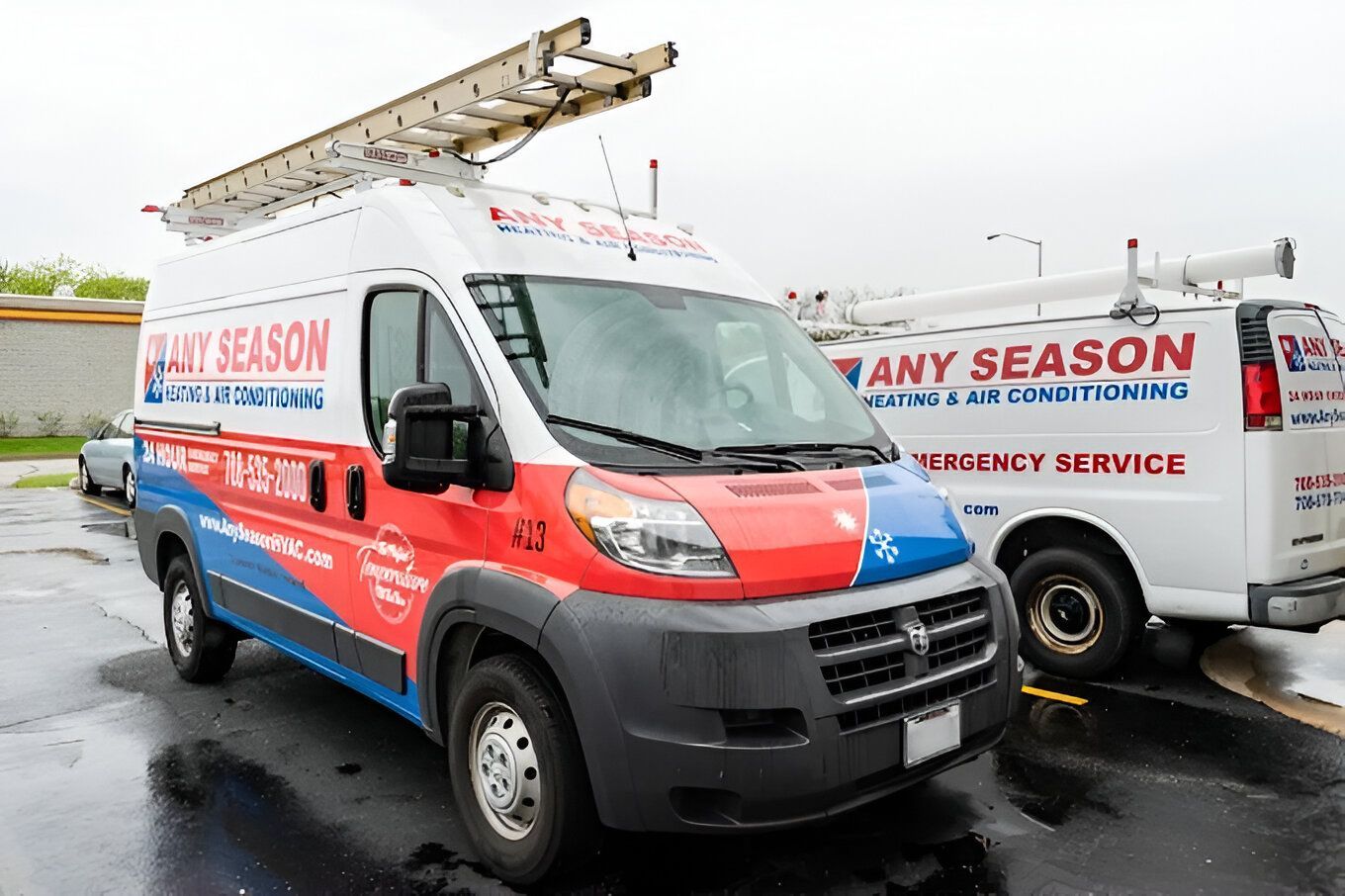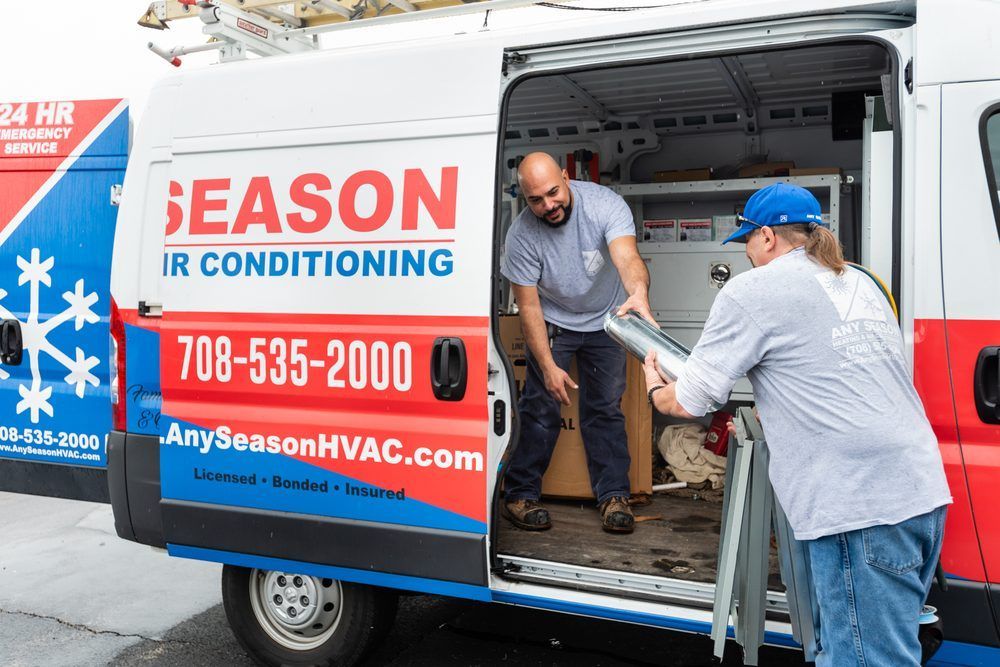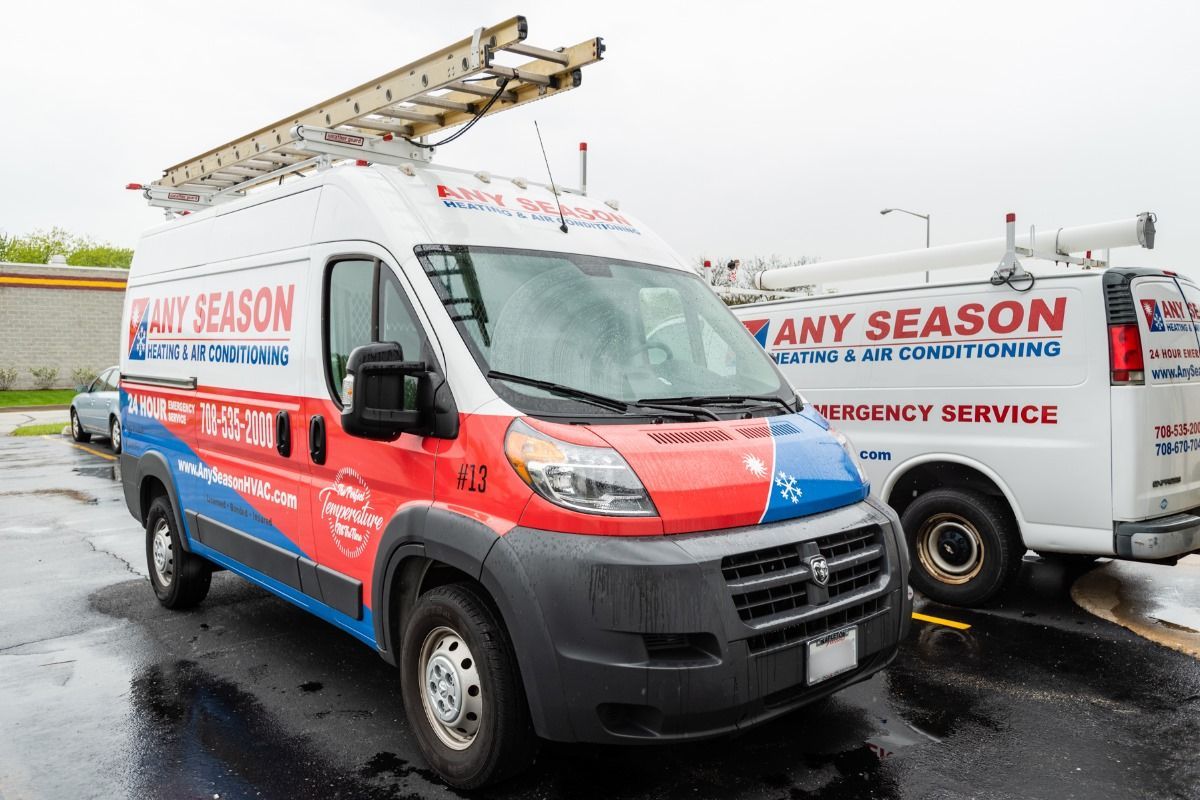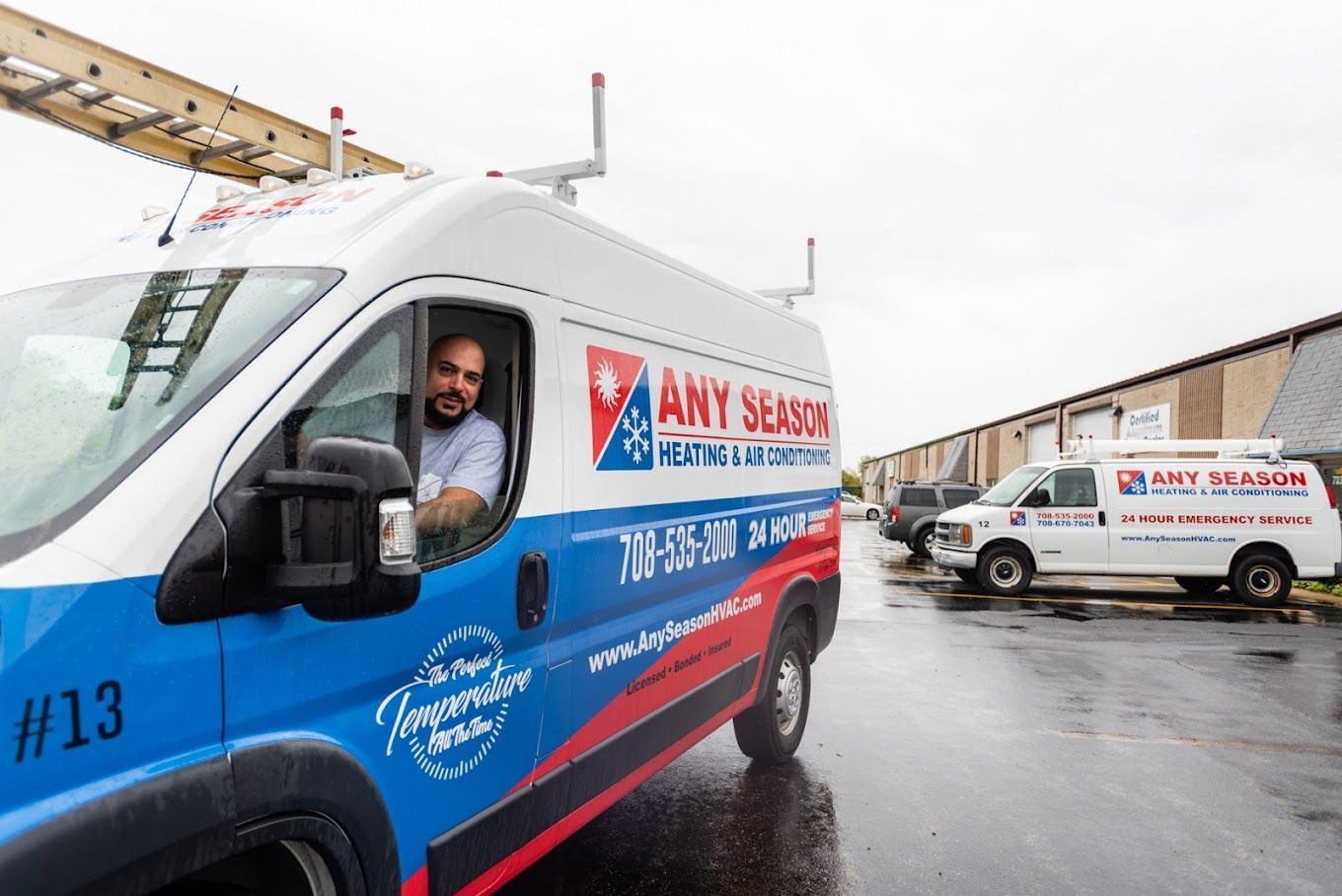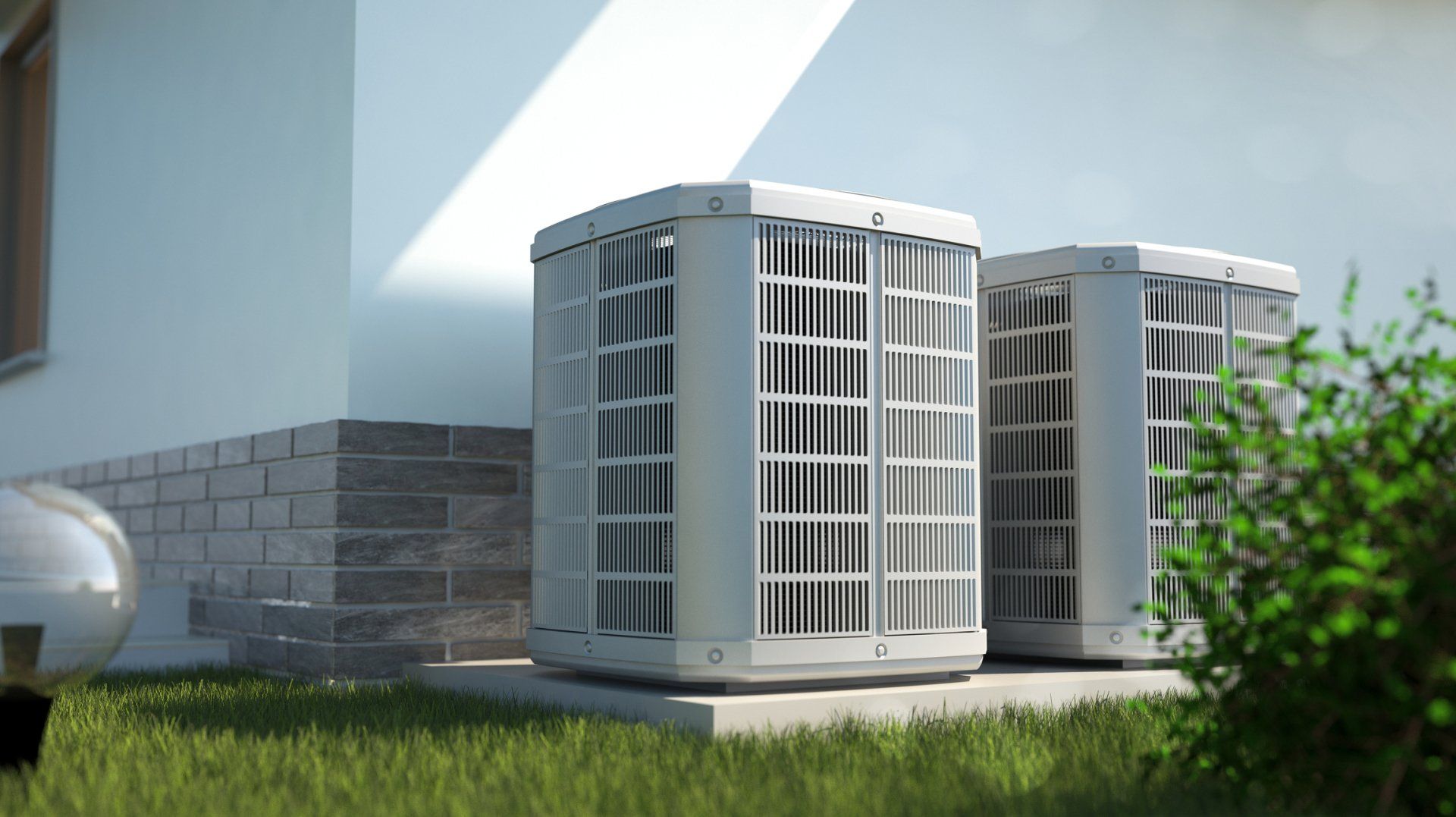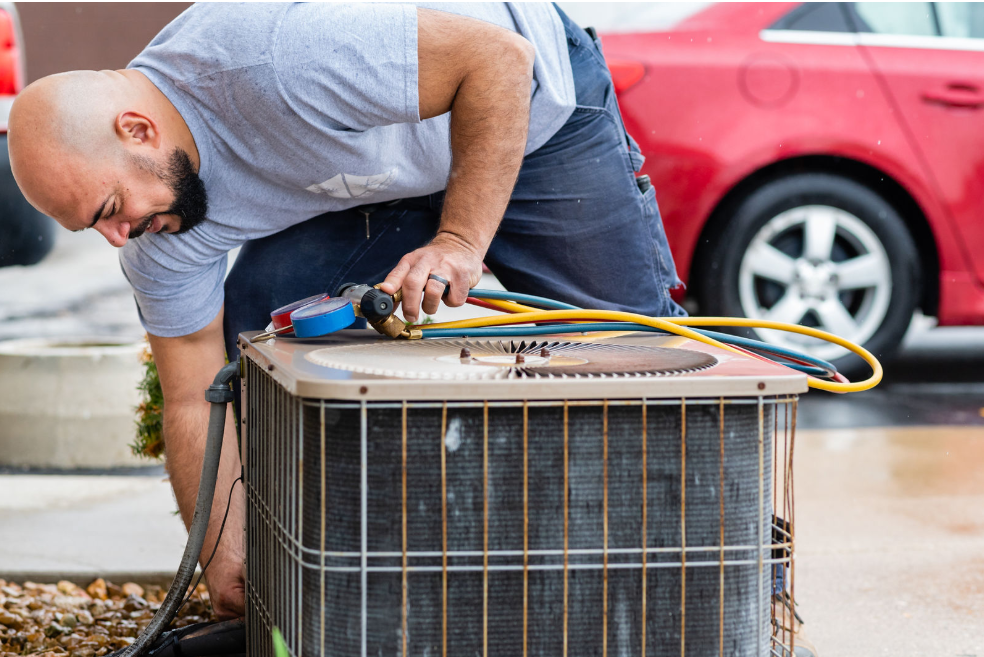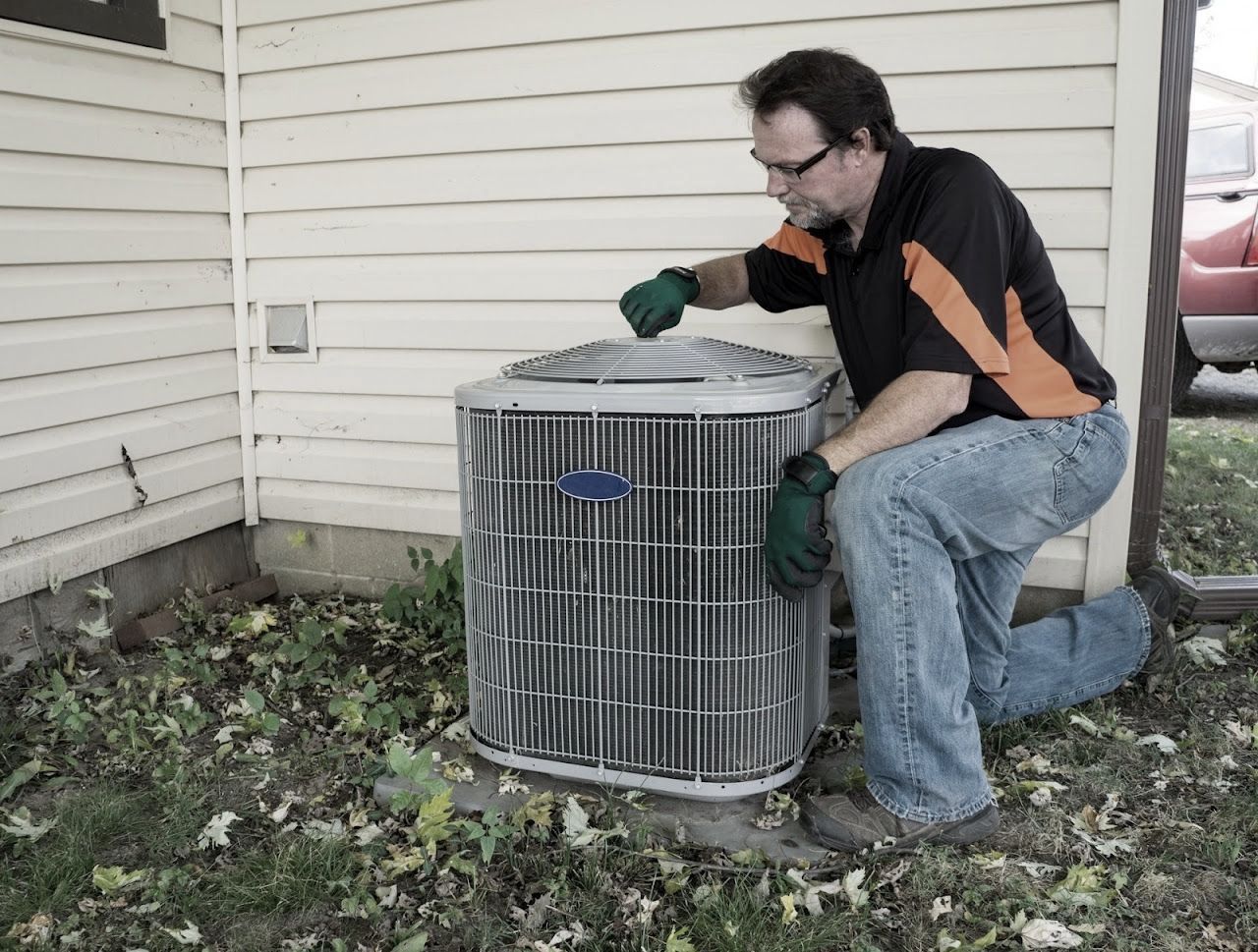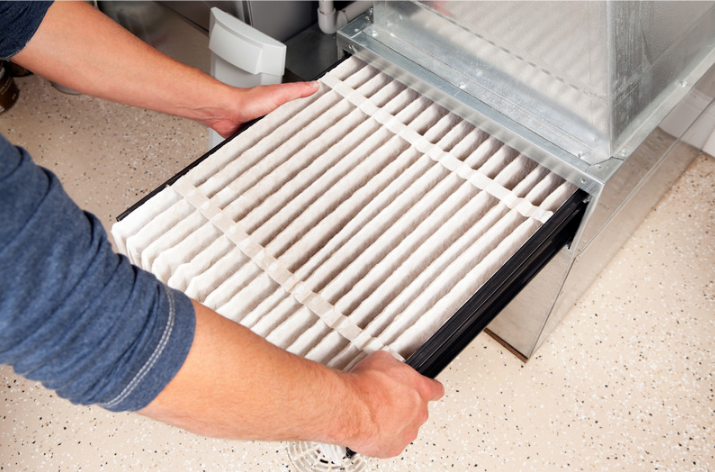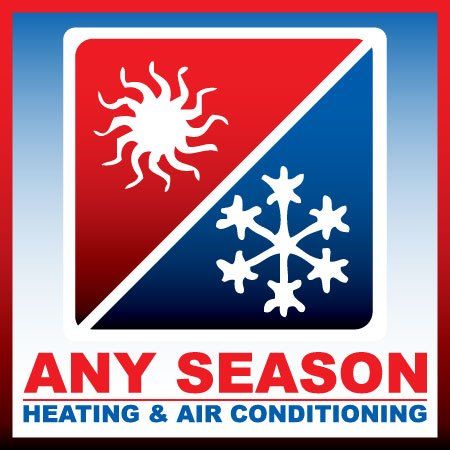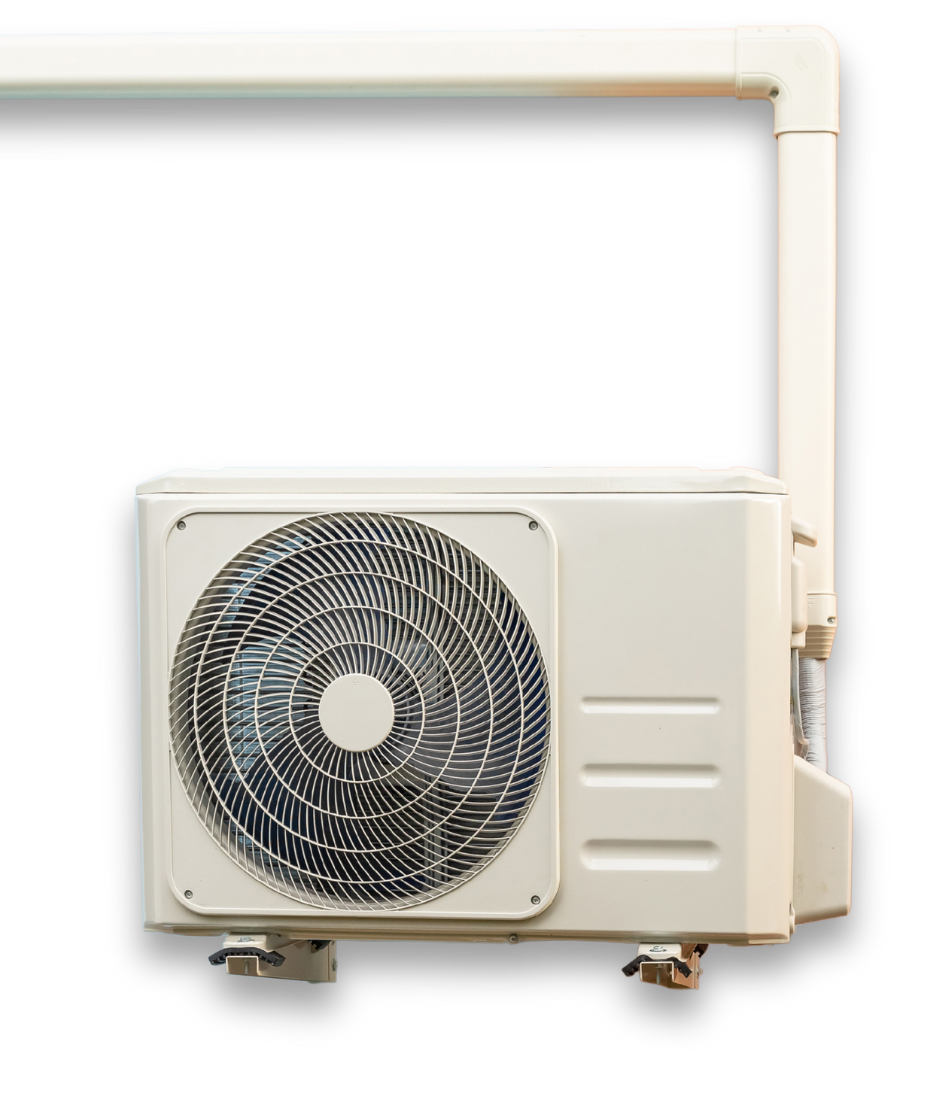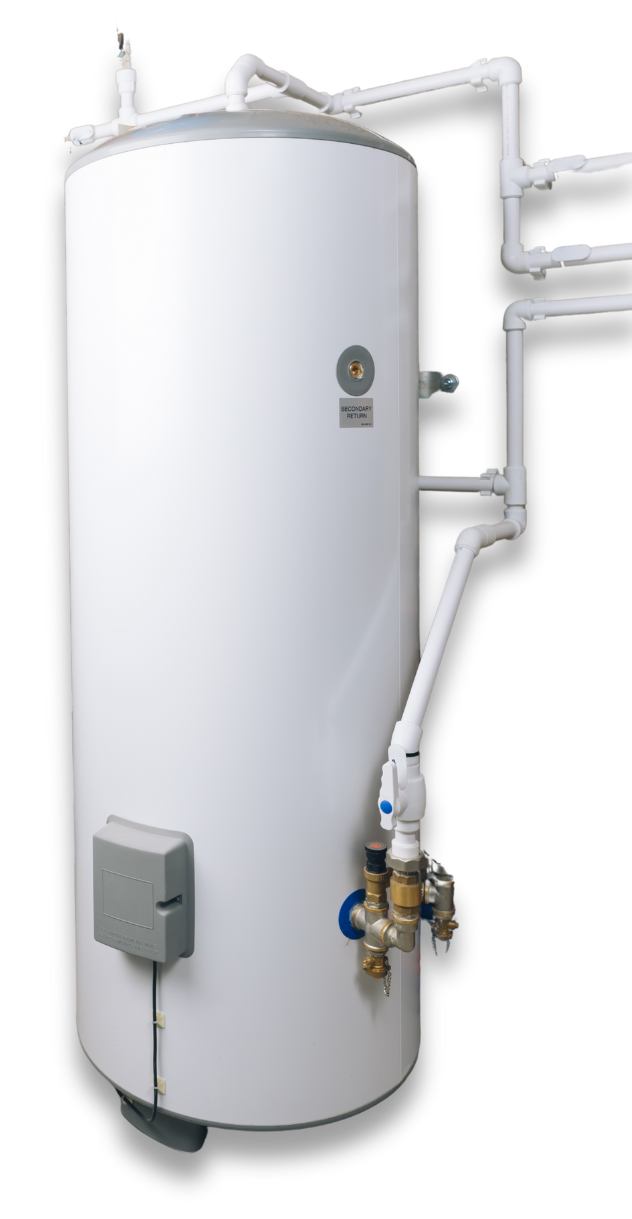Improve Your Indoor Air Quality During the Colder Months
Any Season HVAC • March 16, 2022

With cold temperatures, people are more prone to stay inside, which can decrease the indoor air quality in a home. If you’re tired of feeling sick, then you can improve your indoor air quality with several methods. Learn about some common methods to try.
Cold air is often dry, and a furnace often makes the air even drier. All this dry air can cause you to have illnesses like colds and flus, as well as irritated eyes, throats, and skin. It can aggravate asthma and even cause skin to itch and crack.
To combat the effects of dry air, a humidifier comes in handy. By releasing moisture into the air, it will help with many of the problems mentioned. You can often experience better breathing and moister skin as a result.
As you’re in the home more often when the weather’s cold, it can usually become dirtier quicker. However, the air in your home always contains pollutants that can settle on furnishings and floors. If you don’t clean regularly, you might be liable to breathe these pollutants in more often, which can make you sick. However, with regular cleaning, these pollutants are less able to affect you.
Dusting is one way to combat bad indoor air quality. Because dust contributes to the bad air, dusting will remove excess dust from the air. However, make sure that you thoroughly and smartly dust for best results. For example, a microfiber cloth can capture dust easily on most surfaces. You might also consider dusting from top to bottom in your home, as dust falls naturally.
Vacuuming also helps. A vacuum sucks up the pollutants that have become stuck in the carpet. Make sure that the vacuum bag is not full, which can inhibit its ability to pick up debris in the carpet. Additionally, make sure to vacuum high-traffic areas more frequently, as they often contain more dust.
A filter in your HVAC system is a main defense against bad air. However, a filter can quickly become caked with dust and debris unless you change it regularly. The dust and debris on your filter can make their way into your home, coating your air with pollutants.
How often you replace your filter depends on the furnace or filter you have, as well as conditions in your home. Some filters need replacing monthly, while some filters can safely serve you for up to six months. However, if you have pets, allergies, or a larger home, more frequent filter changes are often necessary. Additionally, in winter, you usually use the furnace more often, so filters need changing more.
Get a system that actively pulls pollutants out of the air. A whole-home air purifier does just that. It usually attaches to your HVAC system and treats the air as it passes by. You can safely enjoy being cozy on colder days in any room of the house without illness coming on.
While most people think of a thermostat as simply a way to regulate temperatures, new smart thermostats can do so much more. For example, they might include a sensor that alerts you when your pollutant level is high, such as carbon monoxide. Additionally, they might also allow you to control your humidity, which can help you maintain the right humidity levels during colder months.
If you’re tired of breathing in contaminated air, Any Season Heating & Air Conditioning can help. We offer many products for better indoor air quality, such as air purifiers, humidifiers, and smart thermostats. Please get in touch with us today to discuss your indoor air quality needs.
Get a Whole-House Humidifier
Cold air is often dry, and a furnace often makes the air even drier. All this dry air can cause you to have illnesses like colds and flus, as well as irritated eyes, throats, and skin. It can aggravate asthma and even cause skin to itch and crack.
To combat the effects of dry air, a humidifier comes in handy. By releasing moisture into the air, it will help with many of the problems mentioned. You can often experience better breathing and moister skin as a result.
Clean Regularly
As you’re in the home more often when the weather’s cold, it can usually become dirtier quicker. However, the air in your home always contains pollutants that can settle on furnishings and floors. If you don’t clean regularly, you might be liable to breathe these pollutants in more often, which can make you sick. However, with regular cleaning, these pollutants are less able to affect you.
Dusting is one way to combat bad indoor air quality. Because dust contributes to the bad air, dusting will remove excess dust from the air. However, make sure that you thoroughly and smartly dust for best results. For example, a microfiber cloth can capture dust easily on most surfaces. You might also consider dusting from top to bottom in your home, as dust falls naturally.
Vacuuming also helps. A vacuum sucks up the pollutants that have become stuck in the carpet. Make sure that the vacuum bag is not full, which can inhibit its ability to pick up debris in the carpet. Additionally, make sure to vacuum high-traffic areas more frequently, as they often contain more dust.
Replace Filters
A filter in your HVAC system is a main defense against bad air. However, a filter can quickly become caked with dust and debris unless you change it regularly. The dust and debris on your filter can make their way into your home, coating your air with pollutants.
How often you replace your filter depends on the furnace or filter you have, as well as conditions in your home. Some filters need replacing monthly, while some filters can safely serve you for up to six months. However, if you have pets, allergies, or a larger home, more frequent filter changes are often necessary. Additionally, in winter, you usually use the furnace more often, so filters need changing more.
Get Whole-House Air Purification
Get a system that actively pulls pollutants out of the air. A whole-home air purifier does just that. It usually attaches to your HVAC system and treats the air as it passes by. You can safely enjoy being cozy on colder days in any room of the house without illness coming on.
Invest in a Smart Thermostat
While most people think of a thermostat as simply a way to regulate temperatures, new smart thermostats can do so much more. For example, they might include a sensor that alerts you when your pollutant level is high, such as carbon monoxide. Additionally, they might also allow you to control your humidity, which can help you maintain the right humidity levels during colder months.
Improve Your Indoor Air Quality Today
If you’re tired of breathing in contaminated air, Any Season Heating & Air Conditioning can help. We offer many products for better indoor air quality, such as air purifiers, humidifiers, and smart thermostats. Please get in touch with us today to discuss your indoor air quality needs.

